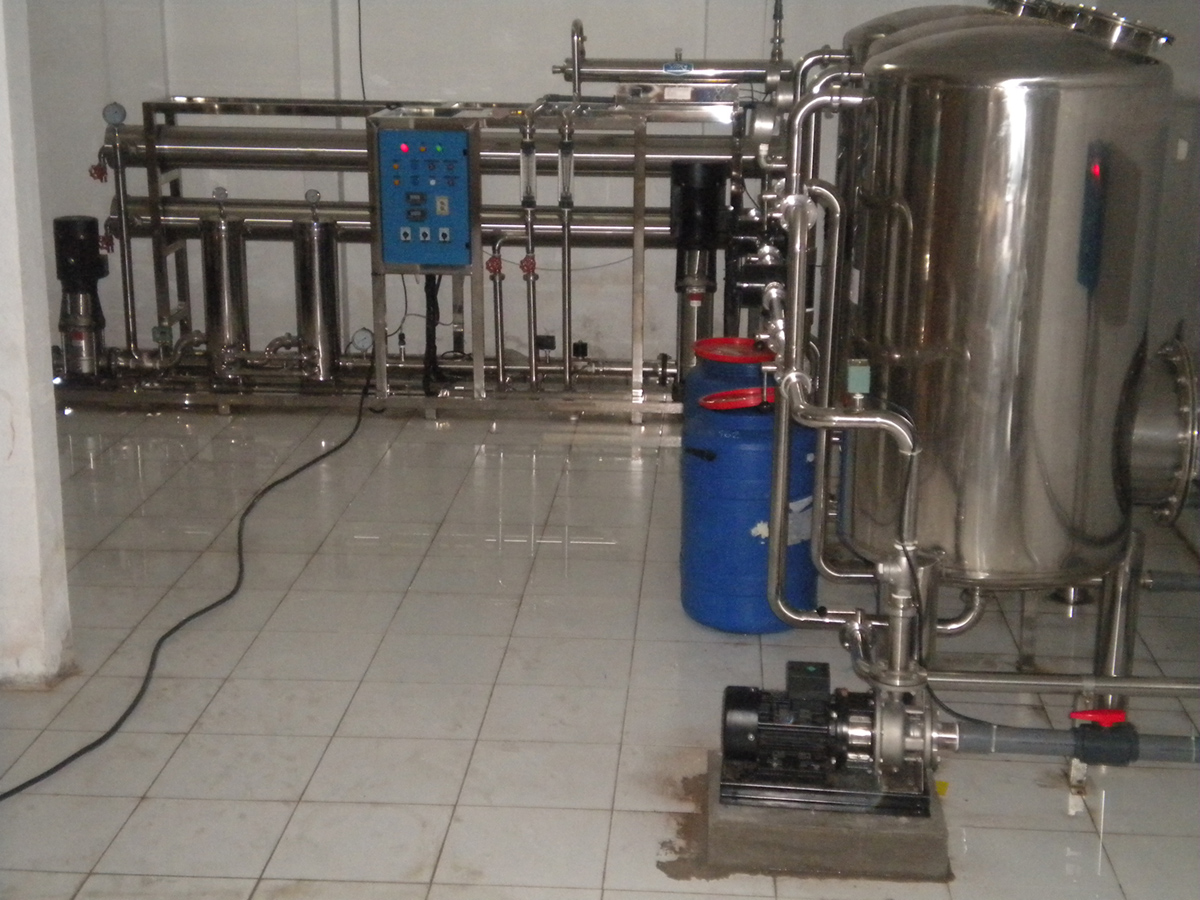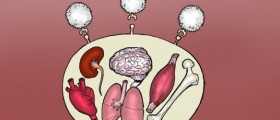
Introduction
Water is the most important element, and it is of ultimate essence for all living organisms. A human body requires 1.5 liters of water so that it can function properly. An average adult human body is commonly made up from 60 percent of water. 96 percent of the lymph is composed of water, 80 percent of blood is composed of water, 75 percent of muscles are composed of water and 30 percent of the bones are composed of water. 90 percent of the mass of a fetus is also composed of water. Water is indispensable for the lives of human beings, and if one does not drink sufficient amounts of water it leads to death. Consumption of untreated water may also lead to death. Untreated water is any type of water which has not been filtered, boiled or treated in any other way in order to get rid of numerous different sorts of harmful and infectious parasites, viruses or bacteria. Even waters from private sources still may contain certain contaminated substances which may be harmful for one’s overall health. Water has a fairly complex chemical composition so it needs to be purified by a rather effective system which is able to destroy all the contained pollutants. The three most common forms of water treatment include filtration, ultraviolet and reverse osmosis. Reverse osmosis is the advantageous method of all three.
Reverse Osmosis and its Benefits
Reverse osmosis is efficient in purifying the water but it does not affect its taste or its nutritional effects. It involves the semi-permeable membrane which is very efficient in retaining all the chlorine, pathogenic minerals, sediments, heavy metals, spores, fluoride and nitrates during the process of purification. It provides a person with completely healthy and fresh water. All units used for the reverse osmosis do not produce any sounds or noises and they eliminate 99 percent of all harmful substances which are commonly found in the water. The first stage of reverse osmosis involves the treatment with a particulate filter which retains the clay particles, silt, sand particles and sediments. The second phase involves the channeling of water to a carbon filter which is responsible for retaining pesticides, chromium, chloramines, mercury, copper and all the other harmful particles. The third water involves the transportation of water through a high pressure module. The last phase includes the treatment with an activated carbon filter which is responsible for improving the odor and the taste of the water.











_f_280x120.jpg)





Your thoughts on this
Loading...